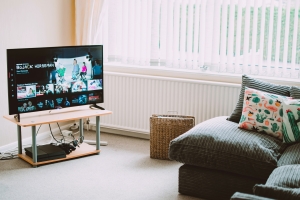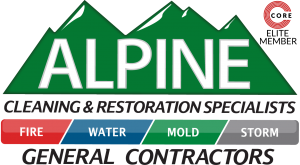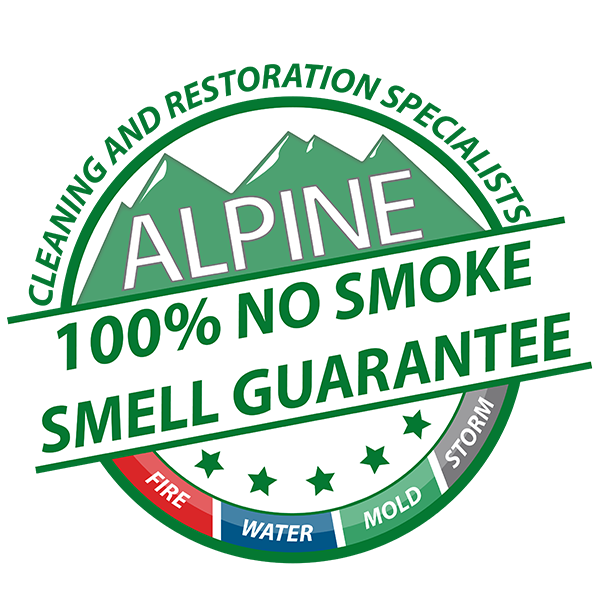Are You Getting The Best Insurance Coverage?

Photo by Andrea Piacquadio
Insufficient Insurance Coverage Blindsides Many Customers
Home insurance is an important part of protecting yourself in the event of an accident or disaster. Right now, we’re in the middle of winter, which is when we run the greatest risk of house fires. Come spring, the risk will be floods as the snow melts. Summer we have wildfires to worry about. In the fall, heavy windstorms are a more common risk. There’s always something that might cause damage to your home. Having good insurance is important, but are you getting the best coverage? Of late, we’re finding the answer is no. Why?
Cost Increases
Covid-19 did a number on the economy. Labor shortages caused a shortage in many materials used to build houses, such as lumber. This means that the cost of rebuilding homes has increased. If your home gets damaged, it will cost you more than was initially estimated. This is further increased by the recent rise in wages. A lot of people who suffered fires or floods this year were blind-sided by the cost increase that left them scrambling to pay more out of pocket.
It isn’t just the cost of materials, either, however; houses in general are significantly more expensive than they were just generation ago. According to research, housing costs have only ever decreased once, very briefly, in 2010, yet there have been consistent price increases since the 70s. These include huge spikes in the 80s . Prices have always been rising, so for older folks living in homes they’ve owned for decades, the value of your home is now a lot higher than it was.
And increase in housing costs isn’t the only thing driving up costs.
We Own More Things

Photo by Lisa
How many TVs do you own? When TVs were first introduced in the 30s, few people had one. By 1955, the number of people who owned a TV was still at only 77%. My dad still tells stories about being the first house in his entire town to get a television. Yet now, 96% of households own at least one TV, while the average ownership is 2-3 TVs. Up to 31% of households in the US own 4 TVs. That’s a lot of TVs!
What about furniture? According to Statista, the average house owns over $500 in furniture, up from around $300 only a decade ago. This doesn’t necessarily translate to owning more furniture, as the price of furniture is increasing. What it means, however, is that the furniture you bought maybe a decade or more ago wasn’t worth what it is today. You’ll need to spend more money to replace it than was calculated for your initial insurance.
This isn’t even getting into the dozens of other things you might own. How many books do you own? How many sets of silverware or dishes? Have you counted up all the smaller items you’ve bought for yourself over the years? If you had a fire today, could you afford to replace all that? Because if your insurance policy isn’t caught up, you may have to pay for all of that out of pocket.
How To Get The Most Out of Your Insurance Coverage
1. Keep Receipts for Everything
Your insurance company should provide a certain amount of living expense coverage if the damage to your home forces you to move out while it’s being repaired. This includes the cost of food, hotels, as well as other unexpected expenses. Make sure you keep all of the receipts for these expenses for your insurance company. If you can’t prove the expenses, insurance won’t cover them.
If you lose receipts, you can still check your bank records for expenses. These will work just as well. Get in touch with your bank and get a printout of your expenses after the fire to verify every expense is accounted for.
2. Don’t Wait To File A Claim
Filing an insurance claim is a process that takes time. If you want to get the best coverage, then you should contact your insurance company immediately after your home is secured and safe to examine. The faster you get the process started, the smother it will go.
3. Consider Depreciation Costs
There are two types of coverage you can get: Cash Value and Replacement Value. Cash value covers the cost you spent on the item originally minus the depreciation, while replacement value covers the cost of replacing the item itself. Because it’s cheaper, most policies only offer cash value. This means if you bought a TV 10 years ago for $500, it’s depreciation makes it worth only $50 today and that’s all the insurance company will pay out. You can’t buy a replacement TV for $50 today. Know what your policy covers so you can plan for it. If need be, you might add something to your policy to give yourself extra coverage.
4. Take a Lot of Photos

Taking photos like this can help document damage for insurance claims
Photos are a great way to document the damage to your home. The more pictures you take, the more evidence you have to present to the insurance companies. Take photos of the home, take them of every individual damaged item, take pictures of damage from smoke, soot, fire, floods, and any other damage that’s relevant to your claim. You cannot ever take too many pictures.
5. Talk To Your Insurance Agent
The most common problem we run into with insurance claims is that the policy is old and does not reflect the actual value of the house. If you want to avoid being hit hard with out-of-pocket expenses, you should talk to your insurance agent and have your house revalued on a regular basis. You may be eligible for better coverage that you didn’t know about. Even then, it’s possible to buy additional coverage if you absolutely need it. With the massive spikes in materials costs these past two years, it’s especially important to check in now.
6. Don’t Be Afraid To Shop Around
Like everything in life, you shouldn’t take the first insurance policy you come across. If you’re purchasing home insurance for the first time, then you should shop around with every insurance company in your area to find the best prices and best coverage. Even if you’ve had a policy for a long time, don’t be afraid to check with other companies. Company policies change and even if your insurance was the best when you bought it, someone might have a better deal now. Keep checking with policies on offer every few years to make sure you’re getting the best deals possible.
Remember, Cheapest Isn’t Always Best
Everybody’s trying to save money and we get that. While “more expensive” doesn’t always translate to better coverage with insurance, the cheapest policies will still always offer the lowest coverage. The cheapest policies available might cover little to nothing of what you might lose in a fire, flood, or storm. You should balance the costs of your insurance against the costs of replacing your belongings. Don’t be afraid to get a more expensive policy to help cover additional costs you might need. Just make sure you get a complete picture of your coverage so you aren’t surprised when it comes time to make a claim.
 Let Us Help You Out
Let Us Help You Out
Here at Alpine, we do our best to give you the most for your money. We go out of our way to provide you with the utmost convenience with home restoration and repairs. While we can only work with the money your insurance company is willing to pay out, we work with your insurance company to get the most that we can. We’ll do as much as we can to help you get everything you’re owed from your policy. We’ll also search out the cause of the initial problems and tell you everything we find. This way, you should be able to do more to prevent accidents in the future.
If you’re in need of some assistance, don’t hesitate to get in touch. We’ll help you get back on your feet as soon as possible!




